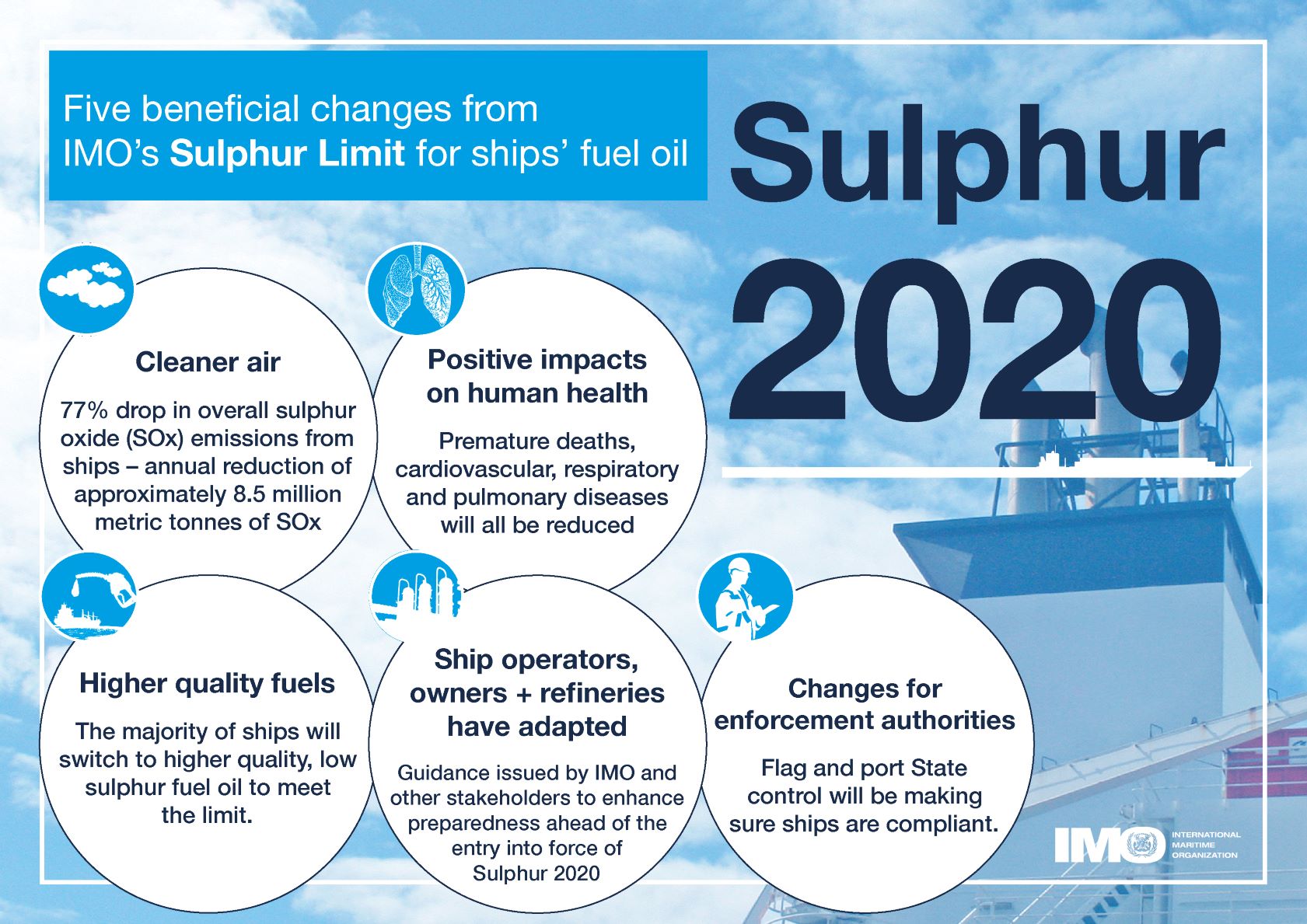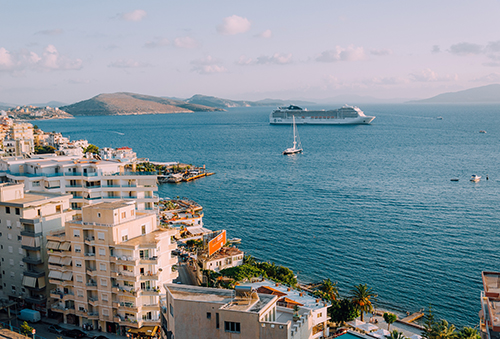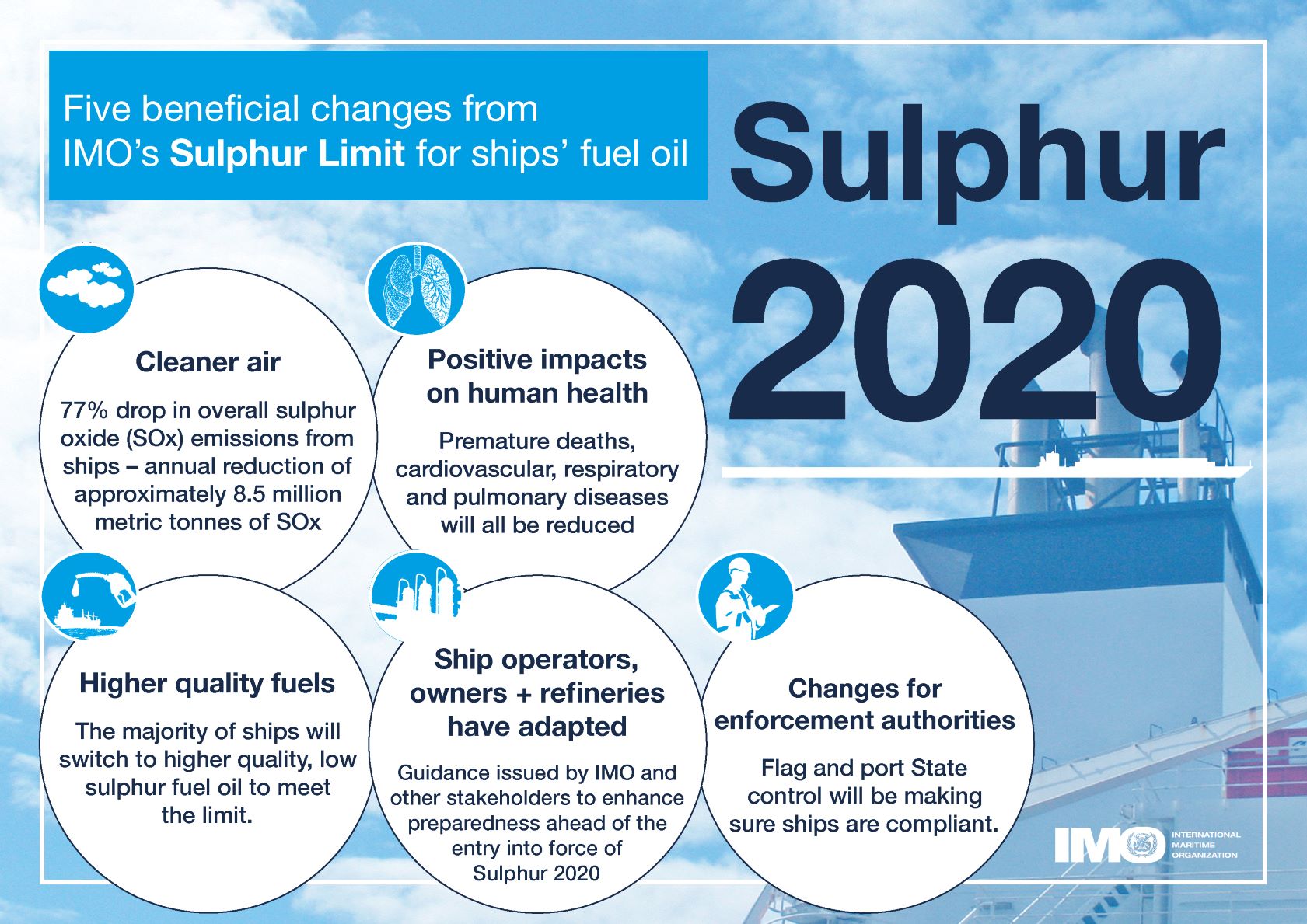Full identifier: https://w3id.org/ro-id/075e9430-5949-4a09-8622-d20916994eaa/
Assigned to 4 classes:
Described in 1 nanopublication:
| Nanopublication | Part | Subject | Predicate | Object | Published By | Published On |
|---|---|---|---|---|---|---|
|
links a nanopublication to its assertion
http://www.nanopub.org/nschema#hasAssertion
assertion
|
075e9430-5949-4a09-8622-d20916994eaa
|
RO-Crate Bot
|
2025-11-11T15:06:32.835Z
|
|||
|
links a nanopublication to its assertion
http://www.nanopub.org/nschema#hasAssertion
assertion
|
075e9430-5949-4a09-8622-d20916994eaa
|
RO-Crate Bot
|
2025-11-11T15:06:32.835Z
|
|||
|
links a nanopublication to its assertion
http://www.nanopub.org/nschema#hasAssertion
assertion
|
075e9430-5949-4a09-8622-d20916994eaa
|
RO-Crate Bot
|
2025-11-11T15:06:32.835Z
|
|||
|
links a nanopublication to its assertion
http://www.nanopub.org/nschema#hasAssertion
assertion
|
075e9430-5949-4a09-8622-d20916994eaa
|
RO-Crate Bot
|
2025-11-11T15:06:32.835Z
|
|||
|
links a nanopublication to its assertion
http://www.nanopub.org/nschema#hasAssertion
assertion
|
075e9430-5949-4a09-8622-d20916994eaa
|
RO-Crate Bot
|
2025-11-11T15:06:32.835Z
|
|||
|
links a nanopublication to its assertion
http://www.nanopub.org/nschema#hasAssertion
assertion
|
075e9430-5949-4a09-8622-d20916994eaa
|
Has the 2020 IMO fuel regulation had any noticeable impact on air pollution from shipping?
|
RO-Crate Bot
|
2025-11-11T15:06:32.835Z
|
||
|
links a nanopublication to its assertion
http://www.nanopub.org/nschema#hasAssertion
assertion
|
075e9430-5949-4a09-8622-d20916994eaa
|
RO-Crate Bot
|
2025-11-11T15:06:32.835Z
|
|||
|
links a nanopublication to its assertion
http://www.nanopub.org/nschema#hasAssertion
assertion
|
075e9430-5949-4a09-8622-d20916994eaa
|
RO-Crate Bot
|
2025-11-11T15:06:32.835Z
|
|||
|
links a nanopublication to its assertion
http://www.nanopub.org/nschema#hasAssertion
assertion
|
075e9430-5949-4a09-8622-d20916994eaa
|
## Rationale
From 1st January 2020 the global upper limit on the sulphur content of ships' fuel oil was reduced from 3.50% to 0.50%, which represents an ~86% cut (from [https://www.imo.org/en/MediaCentre/PressBriefings/pages/34-IMO-2020-sulphur-limit-.aspx](https://www.imo.org/en/MediaCentre/PressBriefings/pages/34-IMO-2020-sulphur-limit-.aspx)).

*Image from [IMO 2020 - cleaner shipping for cleaner air, 20 December 2019](https://www.imo.org/en/MediaCentre/PressBriefings/pages/34-IMO-2020-sulphur-limit-.aspx)*
According to the [International Maritime Organization (IMO)](https://www.imo.org/) the new limit should lead to a 77% drop in overall SOx emissions from ships.
The Figure below shows the 5 key beneficial changes from IMO's **Sulphur Limit** for Ships' fuel oil:

*Five beneficial changes from IMO’s Sulphur Limit for ships’ fuel oil*
## This Research Object's purpose
In this work we look as the **actual impact of these measures on air pollution along shipping routes in Europe** based on Copernicus air quality data. [Copernicus Atmosphere Monitoring Service (CAMS)](https://ads.atmosphere.copernicus.eu/cdsapp#!/home) uses satellite data and other observations, together with computer models, to track the accumulation and movement of air pollutants around the planet (see [https://atmosphere.copernicus.eu/air-quality](https://atmosphere.copernicus.eu/air-quality)).
### Rohub - Adam plateform integration
Some of this CAMS data is available from the [Adam platform](https://adamplatform.eu) and can be imported into a [Research Object](https://www.researchobject.org).

*Example of data (here daily temperatures) displayed on the Adam plateform*
It is also possible, from the Research Object, to open the resource in the Adam platform, then interactively zoom into a particular geographical area (say to the right of the Strait of Gibraltar, along the track presumably followed by cargo ships to/from the Suez Canal) and change the date (for example between 2018-07-19 and 2023-07-19) to appreciate the change.
#### To go further
Obviously **a more detailed statistical analysis** would be required to minimize the effect of external factors (meteorological condition, level of cargo traffic, etc.) over a longer period of time to derive meaningful conclusions, however it does not seem that the high level of sulfur dioxide concentration from the pre-IMO regulation was reached after.
##### Looking at other pollutants
Besides SOx the new regulation also contributed to decrease atmospheric concentrations in nitric oxides (NOx) as well as particulate matter (PM).
### References
- [IMO 2020 - cleaner shipping for cleaner air, 20 December 2019](https://www.imo.org/en/MediaCentre/PressBriefings/pages/34-IMO-2020-sulphur-limit-.aspx)
|
RO-Crate Bot
|
2025-11-11T15:06:32.835Z
|
||
|
links a nanopublication to its assertion
http://www.nanopub.org/nschema#hasAssertion
assertion
|
075e9430-5949-4a09-8622-d20916994eaa
|
## Rationale
From 1st January 2020 the global upper limit on the sulphur content of ships' fuel oil was reduced from 3.50% to 0.50%, which represents an ~86% cut (from [https://www.imo.org/en/MediaCentre/PressBriefings/pages/34-IMO-2020-sulphur-limit-.aspx](https://www.imo.org/en/MediaCentre/PressBriefings/pages/34-IMO-2020-sulphur-limit-.aspx)).

*Image from [IMO 2020 - cleaner shipping for cleaner air, 20 December 2019](https://www.imo.org/en/MediaCentre/PressBriefings/pages/34-IMO-2020-sulphur-limit-.aspx)*
According to the [International Maritime Organization (IMO)](https://www.imo.org/) the new limit should lead to a 77% drop in overall SOx emissions from ships.
The Figure below shows the 5 key beneficial changes from IMO's **Sulphur Limit** for Ships' fuel oil:

*Five beneficial changes from IMO’s Sulphur Limit for ships’ fuel oil*
## This Research Object's purpose
In this work we look as the **actual impact of these measures on air pollution along shipping routes in Europe** based on Copernicus air quality data. [Copernicus Atmosphere Monitoring Service (CAMS)](https://ads.atmosphere.copernicus.eu/cdsapp#!/home) uses satellite data and other observations, together with computer models, to track the accumulation and movement of air pollutants around the planet (see [https://atmosphere.copernicus.eu/air-quality](https://atmosphere.copernicus.eu/air-quality)).
### Rohub - Adam plateform integration
Some of this CAMS data is available from the [Adam platform](https://adamplatform.eu) and can be imported into a [Research Object](https://www.researchobject.org).

*Example of data (here daily temperatures) displayed on the Adam plateform*
It is also possible, from the Research Object, to open the resource in the Adam platform, then interactively zoom into a particular geographical area (say to the right of the Strait of Gibraltar, along the track presumably followed by cargo ships to/from the Suez Canal) and change the date (for example between 2018-07-19 and 2023-07-19) to appreciate the change.
#### To go further
Obviously **a more detailed statistical analysis** would be required to minimize the effect of external factors (meteorological condition, level of cargo traffic, etc.) over a longer period of time to derive meaningful conclusions, however it does not seem that the high level of sulfur dioxide concentration from the pre-IMO regulation was reached after.
##### Looking at other pollutants
Besides SOx the new regulation also contributed to decrease atmospheric concentrations in nitric oxides (NOx) as well as particulate matter (PM).
### References
- [IMO 2020 - cleaner shipping for cleaner air, 20 December 2019](https://www.imo.org/en/MediaCentre/PressBriefings/pages/34-IMO-2020-sulphur-limit-.aspx)
|
RO-Crate Bot
|
2025-11-11T15:06:32.835Z
|
||